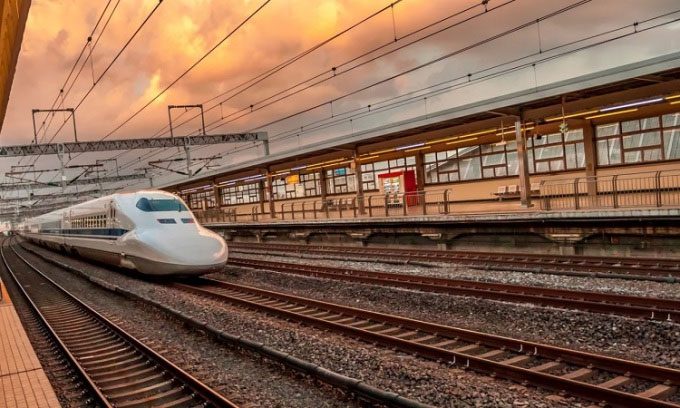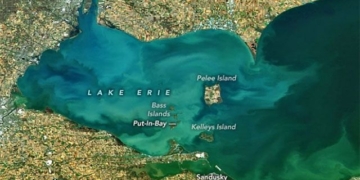The new electric high-speed train project could cover a distance of 386 km in less than 90 minutes and transport over 6 million passengers annually.
A high-speed rail system inspired by Japan’s bullet trains could transport passengers between Houston and Dallas in under 90 minutes. In an announcement on August 9, Amtrak and Texas Central outlined plans to connect the two cities, which are 386 km apart, using trains that can travel at speeds of 330 km/h.

Japanese high-speed bullet train technology set to be implemented in the U.S. (Photo: Deposit Photo).
According to Quartz, the project has been submitted for several federal grant programs to support its financial and design costs. A representative from Amtrak estimates that the project could reduce greenhouse gas emissions by over 100,000 tons annually and decrease the estimated 12,500 vehicles per day from the I-45 corridor in the region. Reducing the number of personal vehicles on the road could save up to 246 million liters of fuel each year.
The trains operating on the Amtrak Dallas-Houston route will be based on the upgraded Shinkansen N700S Series bullet train from Japan, which was first launched in 2020. The bullet trains have been in operation in Japan for over 50 years and are now fully electrified, lighter, and quieter than traditional rail cars. Additionally, this mode of transport has a carbon footprint per passenger that is only 1/6 that of standard commercial jets. “The high-speed train, utilizing advanced Shinkansen technology, has the potential to revolutionize rail transport in the southern United States,” said Michael Bui, CEO of Texas Central.
Urban planners in the U.S. have long been attracted to the idea of developing high-speed rail, yet continuous challenges such as budget constraints, political issues, and cultural barriers have hindered progress. A recent survey indicated that 85% of passengers who frequently travel between Dallas and North Texas would consider using high-speed rail under suitable circumstances.
If this becomes a reality, around 6 million people could travel by high-speed train by the end of the decade, with that number expected to rise to 13 million by 2050. Similar high-speed rail projects are being developed to connect San Francisco to Los Angeles and Los Angeles to Las Vegas.


















































